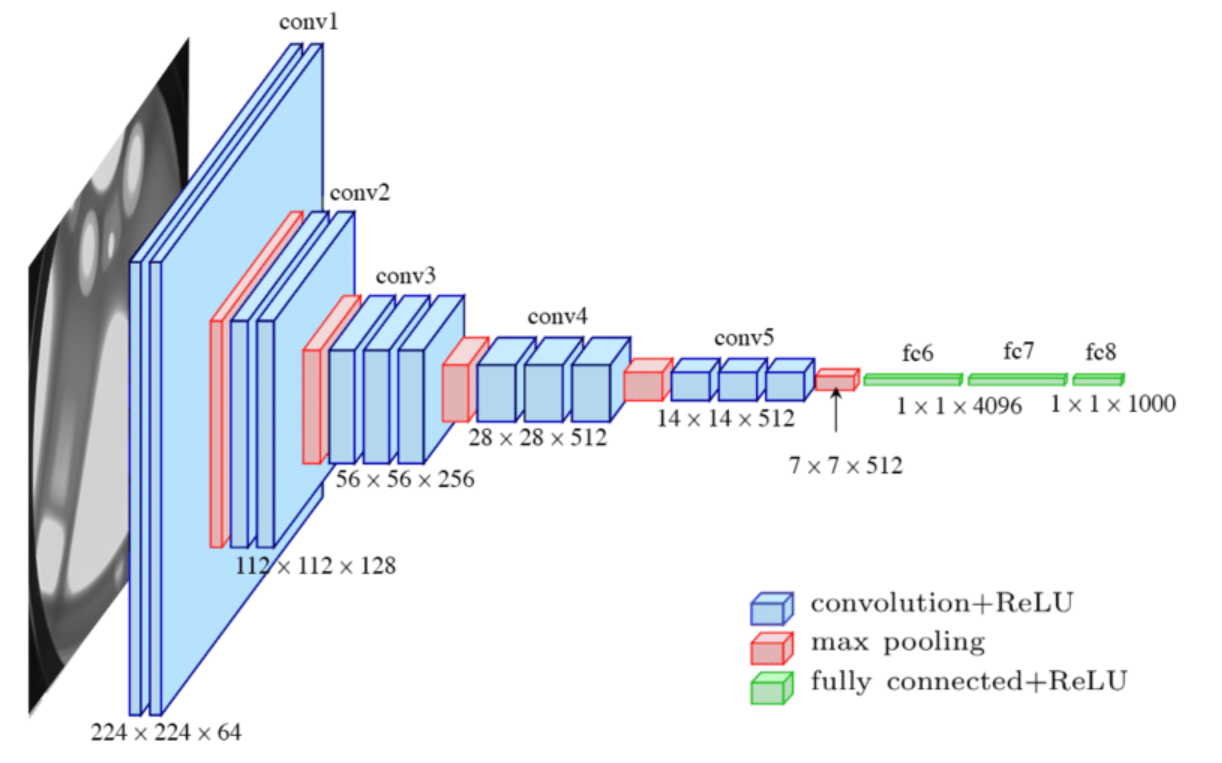The Importance of Data Augmentation in Computer Vision

Data augmentation is a crucial technique used to improve the performance of computer vision systems. In the realm of computer vision, where the input is an image composed of countless pixels, the task of understanding the contents of an image can be quite complex. It often requires learning intricate functions to accurately recognize objects or patterns within the image.
Unlike some other domains, computer vision typically faces a constant need for more data. In the majority of computer vision problems, obtaining more data is highly beneficial. This is where data augmentation comes into play. Whether you are using transfer learning or training a model from scratch, data augmentation can significantly enhance the training process.
Let’s explore some common data augmentation techniques in computer vision:
Geometric Transformations
Geometric transformations involve altering the spatial configuration of an image. These transformations help the model become invariant to changes in orientation, scale, or position of objects within the image.
Mirroring
Mirroring involves flipping an image horizontally or vertically to generate new training examples. For example, if your training set includes an image of a cat, you can create a mirrored version of the same image by flipping it horizontally. This technique can help the model become invariant to the orientation of objects.
Random Cropping
Random cropping entails selecting random subsets or crops from an image. This technique allows the model to learn from different parts of the image, enabling it to handle variations in object placement or scale. For instance, if you have an image of a landscape with a cat in the center, you can create multiple random crops that focus on different parts of the image, such as the cat, the background, or both.
Color Shifting
Color shifting techniques involve modifying the color distribution of an image to make the model more robust to variations in lighting conditions or color variations in real-world scenarios.Color shifting is another widely used data augmentation technique:
Distorting Color Channels
This technique involves adding or subtracting values from the red, green, and blue (RGB) channels of an image. By distorting the color channels, the model becomes more robust to changes in lighting conditions or color variations that may occur in real-world scenarios. For example, you can distort the color channels of an image by adding more red and blue while subtracting from the green channel. This can simulate variations in lighting conditions or changes in the color temperature.
PCA Color Augmentation
PCA Color Augmentation is a technique that utilizes Principles Component Analysis (PCA) to sample values for color distortion. It balances color components while keeping the overall color tint intact. This approach helps the model become invariant to variations in color distribution without affecting the object or content being recognized in the image.
Implementing data augmentation typically involves a separate thread responsible for loading images from storage and applying the desired transformations. This process can be parallelized with the training process, which can take place on either the CPU or GPU.
During training, it is common to implement the desired distortions on the fly. This involves having a separate thread responsible for loading images from storage and applying the selected transformations. The distorted images are then passed to the training process, which can take place on either the CPU or GPU. By implementing distortions during training, the model learns to generalize better and becomes more robust to real-world variations.
To achieve the best results, it’s important to experiment with different hyperparameters for data augmentation. While starting with existing open-source implementations is recommended, customizing the hyperparameters based on specific requirements can capture more invariances and yield better performance.
In conclusion, data augmentation plays a vital role in enhancing the performance of computer vision models. By generating additional training examples and introducing variations in the data, models become more capable of handling real-world scenarios and improve their generalization capability. Incorporating data augmentation into the training workflow is essential for building robust and accurate computer vision systems.